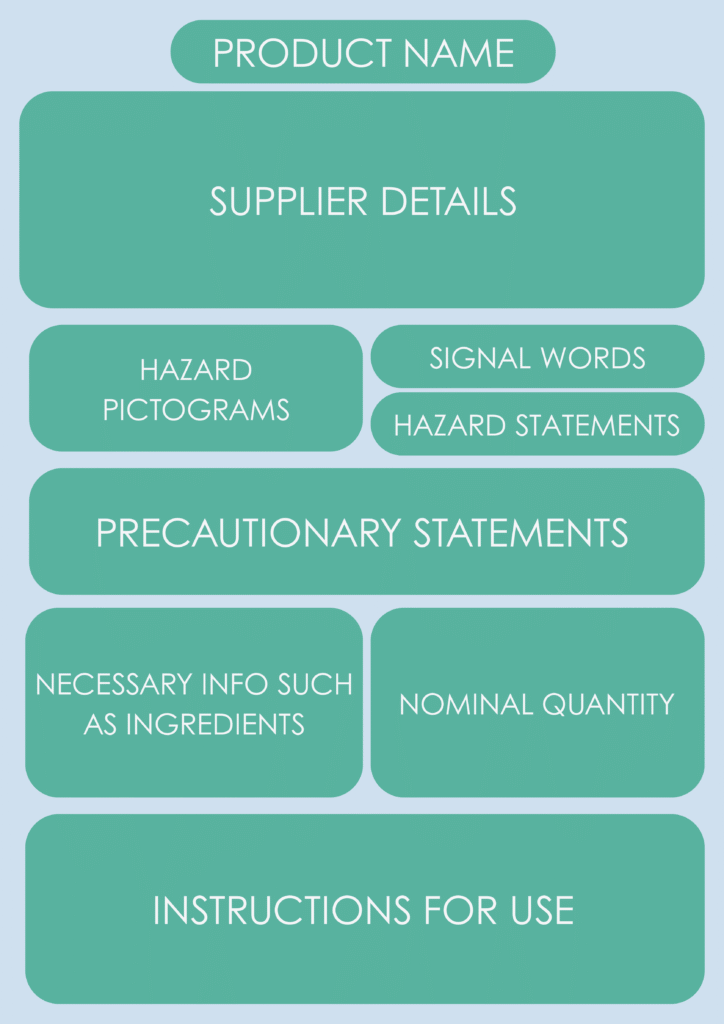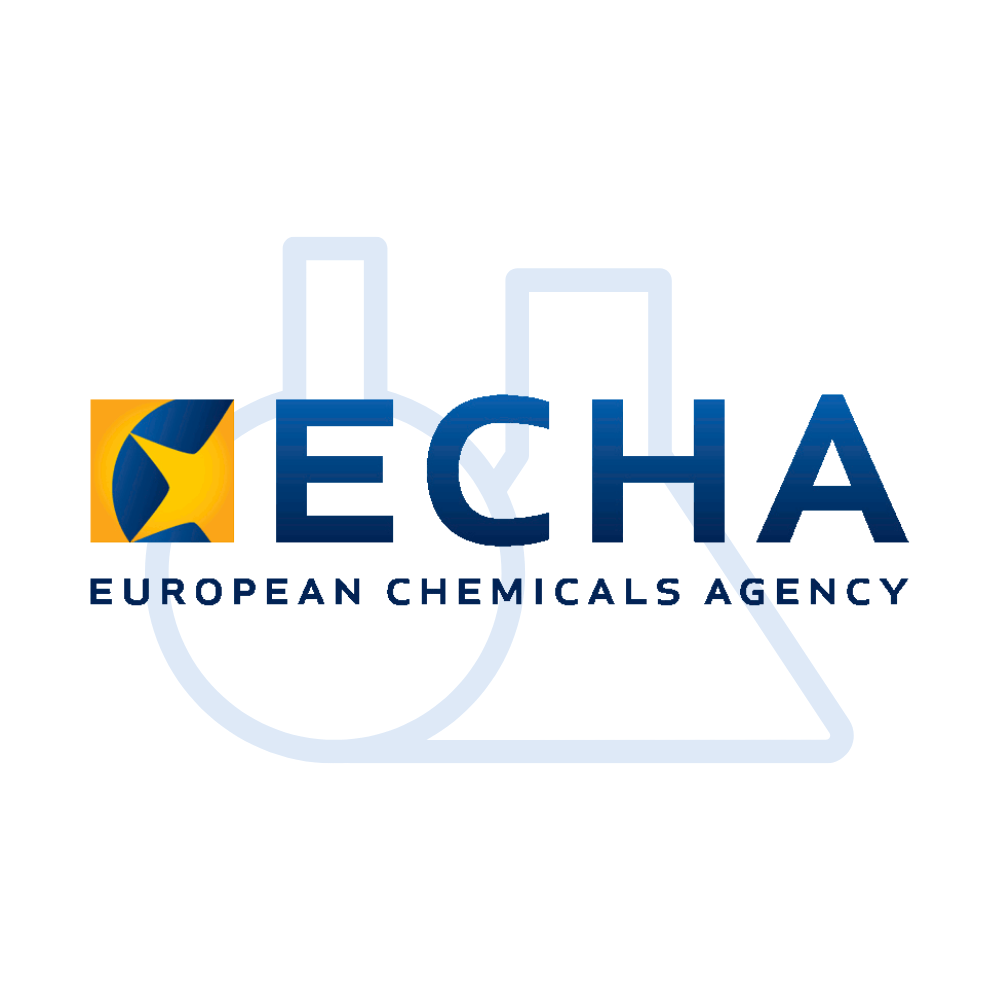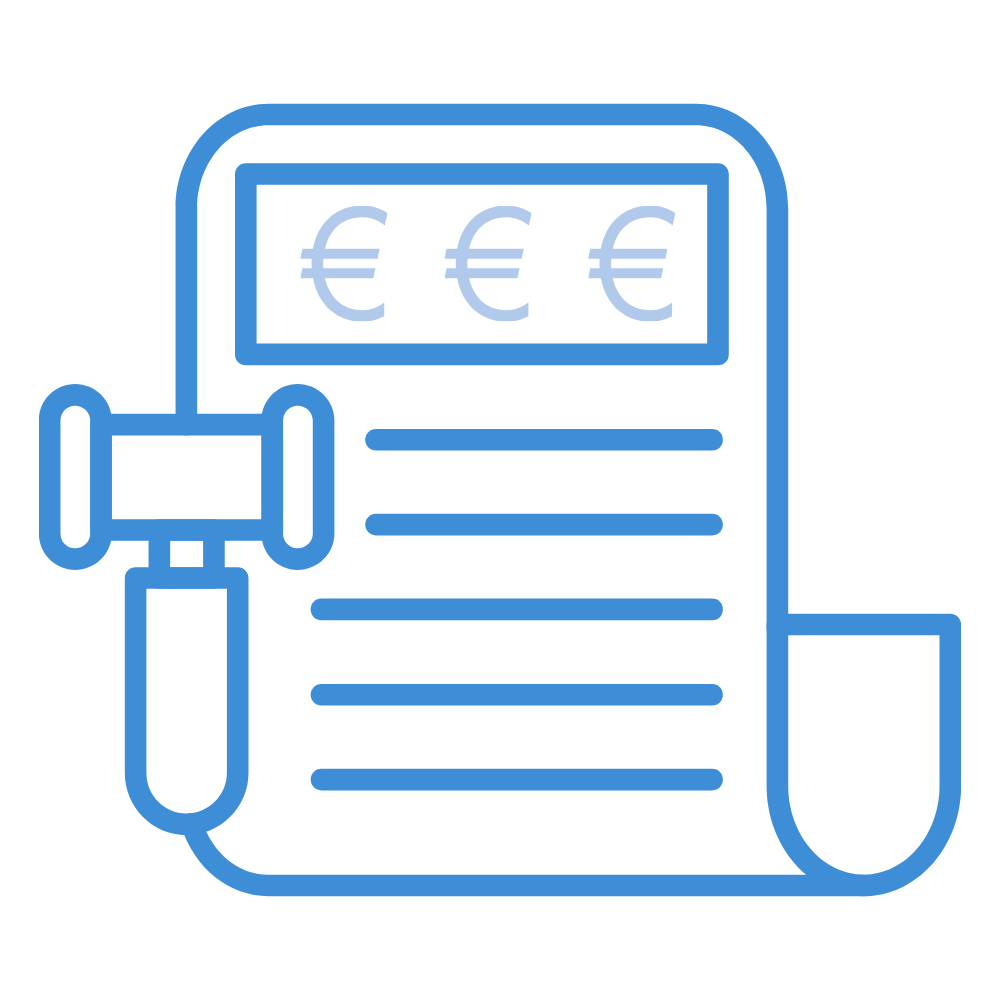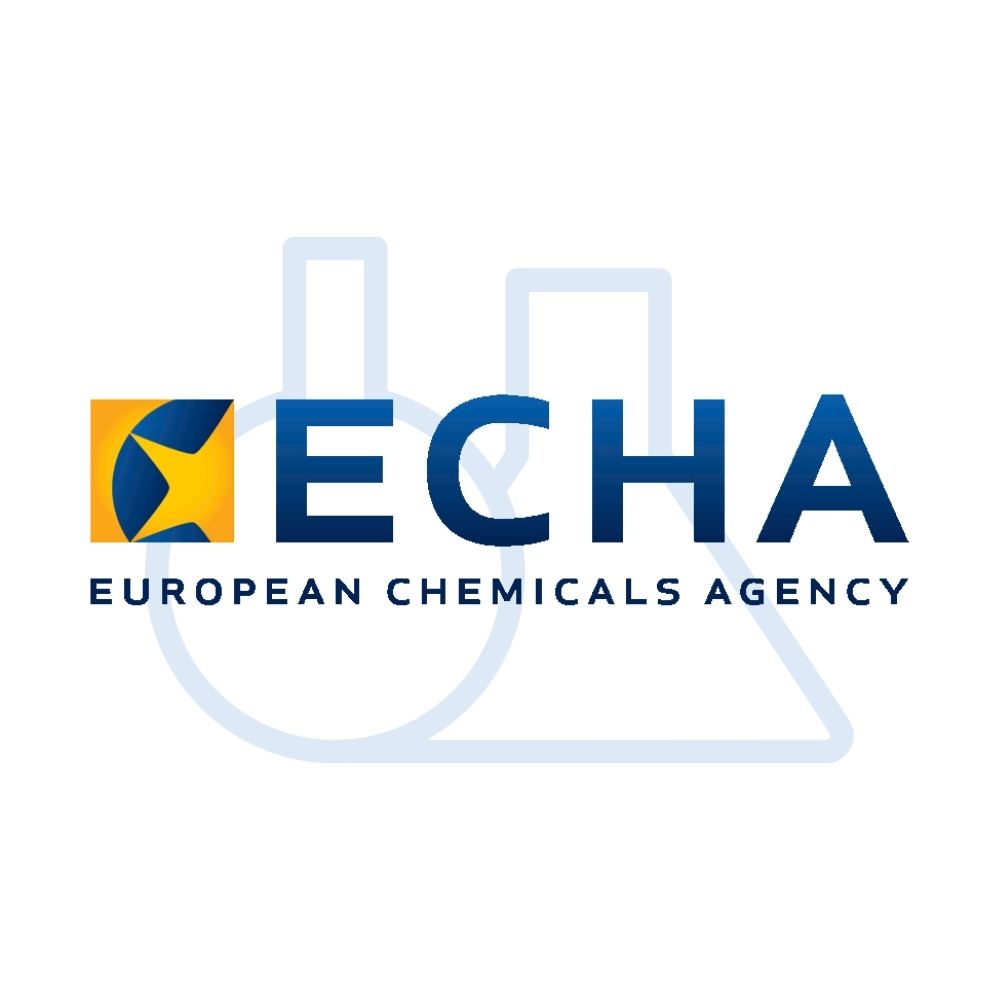One of the key requirements for placing detergent products on the European Union (EU) market is proper labelling. Manufacturers and importers of detergents must comply with EU legislation to ensure product compliance.
Chemleg’s Detergent Labelling Service helps you navigate the complex requirements of Regulation (EC) No 648/2004 and the CLP Regulation (EC) No 1272/2008, ensuring your detergent labels meet all applicable legal and safety standards.
Detergent Labelling Requirements
According to the EU Detergents Regulation, detergents must display the following information in a readable, visible, and indelible manner on the packaging in which they are sold to consumers:
- The name and trade name of the product;
- The name, trade name or trademark, and full address and telephone number of the party responsible for placing the product on the market;
- The address, email address (if available), and telephone number from which the datasheet referred to in Article 9(3) can be obtained.
The list of ingredients on detergent packaging must comply with Annex VII A of the Regulation. In addition, usage instructions and safety precautions should be provided. For laundry detergents, the label must also include the information specified in Annex VII B.
| Annex VII A – Content Labelling | Annex VII B – Laundry Detergents |
The following ingredient categories must be listed on detergent packaging if present above 0.2% by weight, using the standard concentration ranges: <5%, 5–<15%, 15–<30%, or ≥30%. Ingredient groups to be declared include:
Must always be declared regardless of concentration:
Preservatives must be listed using the common nomenclature under Directive 76/768/EEC where possible. Allergenic fragrances from Annex III, Part 1 of Directive 76/768/EEC (as amended by Directive 2003/15/EC) must be identified by name if present above at concentrations above 0.01% by weight. For industrial detergents not intended for the general public, these labelling requirements can be replaced by equivalent information provided via technical data sheets or safety data sheets. | As per Article 11(4), the packaging of laundry detergents intended for consumer use must include the following information:
Standard wash load definitions (based on Decision 1999/476/EC):
|
Common Labelling Errors
Based on the Detergents Regulation, and where applicable, the CLP Regulation, the most common labelling issues may include:
- Incomplete or incorrect declaration of ingredients: Accurate declaration of surfactants, other detergent components, allergenic fragrances (above the regulatory threshold), and datasheet access information is crucial—especially for individuals with allergies or sensitivities.
- Incorrect or insufficient dosage instructions: Labels frequently fail to provide clear dosage guidance according to water hardness or standard washing loads, potentially leading to misuse or environmental harm.
- Missing or inaccurate safety warnings and hazard phrases: Appropriate hazard pictograms, precautionary statements and first aid guidance must be available, legible and in the required format for products classified as dangerous under the CLP Regulation.
An example of a compliant detergent label is shown below:

How Chemleg Can Help
Chemleg’s expert team ensures your detergent labels are fully compliant and accurate.
Our Detergent Labelling Services include:
- Regulatory Compliance Check
- Label Content Preparation
- Language Requirements
- Final Label Review & Compliance Report
- Ongoing Consultation & Regulatory Updates
Ensure your detergent labels are EU-compliant and ready for market by filling out the form.
Frequently Asked Questions
How are detergents classified?
Detergents are classified primarily based on their chemical composition (e.g. surfactant type), physical form (such as liquid, powder, or tablet), and intended use (e.g. household, industrial, or institutional).
While the EU Detergents Regulation (EC) No 648/2004 defines what constitutes a detergent (see Article 3), classification for market placement also considers requirements outlined in Articles 4 and 7, and in Annexes III (performance testing) and VI (biodegradability evaluation).
Is labelling mandatory for detergents in the EU?
Yes. All detergents sold within the EU must be labelled in accordance with Regulation (EC) No 648/2004 and the CLP Regulation (EC) No 1272/2008.
Why are dosage instructions on the label so detailed?
To prevent overuse and reduce environmental harm. Clear dosage guidance helps consumers promote efficient use, avoid waste, lower their washing costs, and minimise water and energy consumption.
What do pictograms on detergent labels mean?
Pictograms are standardized hazard symbols defined under the CLP Regulation (EC) No 1272/2008. They alert users to specific risks associated with the product, such as health hazards or environmental effects. Examples include the flame icon for flammable substances or the environment icon for products hazardous to aquatic life.
Must label and SDS information be consistent?
Yes. All hazard (H) and precautionary (P) statements, signal words, and hazard pictograms must be fully aligned between the product label and the corresponding Safety Data Sheet (SDS).
What are the consequences of non-compliant labelling?
Non-compliance under the CLP Regulation and the EU Detergents Regulation, and may result in administrative fines, product recalls, import bans, or market withdrawal.
Misuse of hazard pictograms, incorrect wording, or poor translations can be viewed as serious breaches — potentially impacting both legal compliance and brand credibility.








